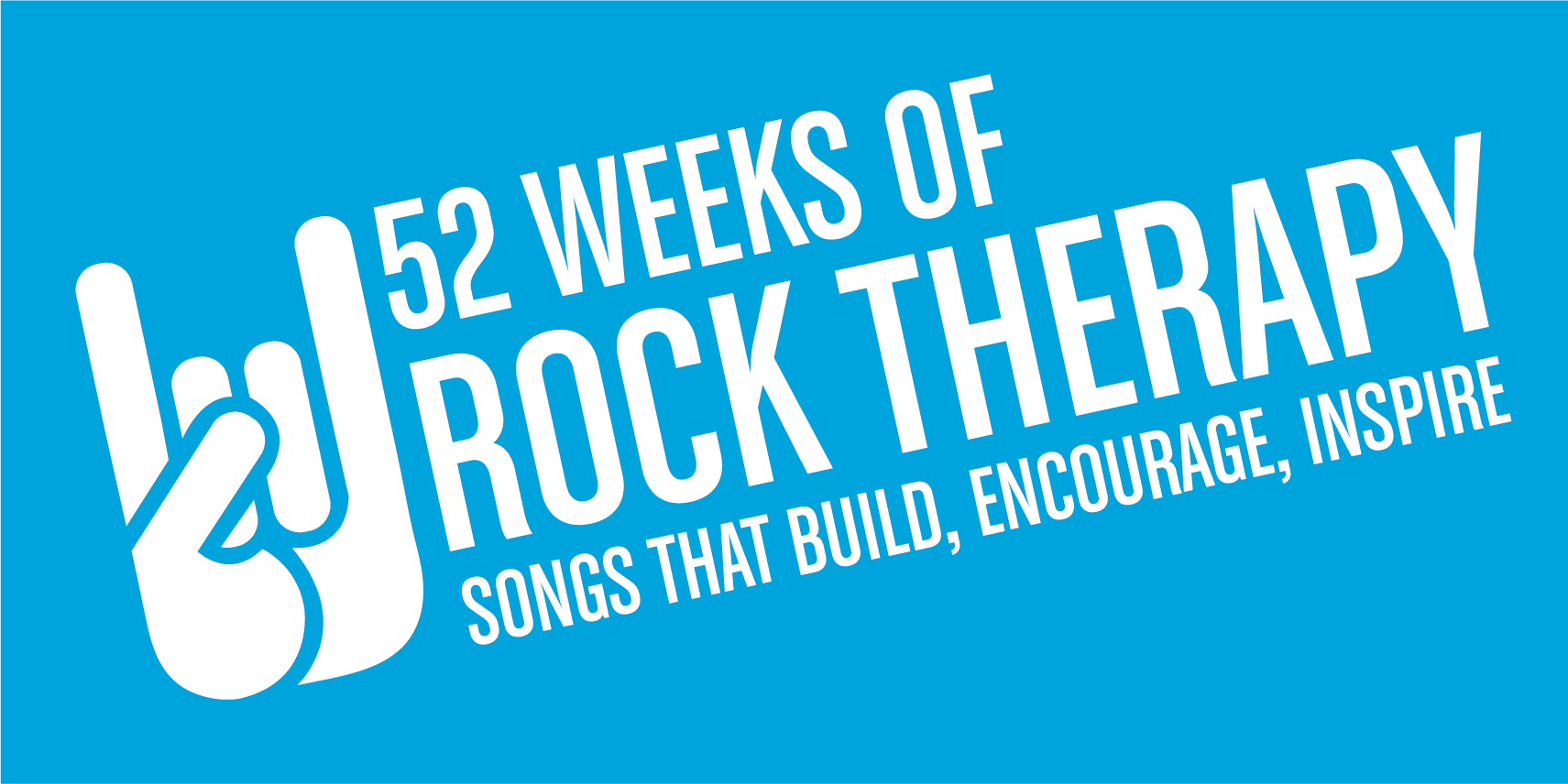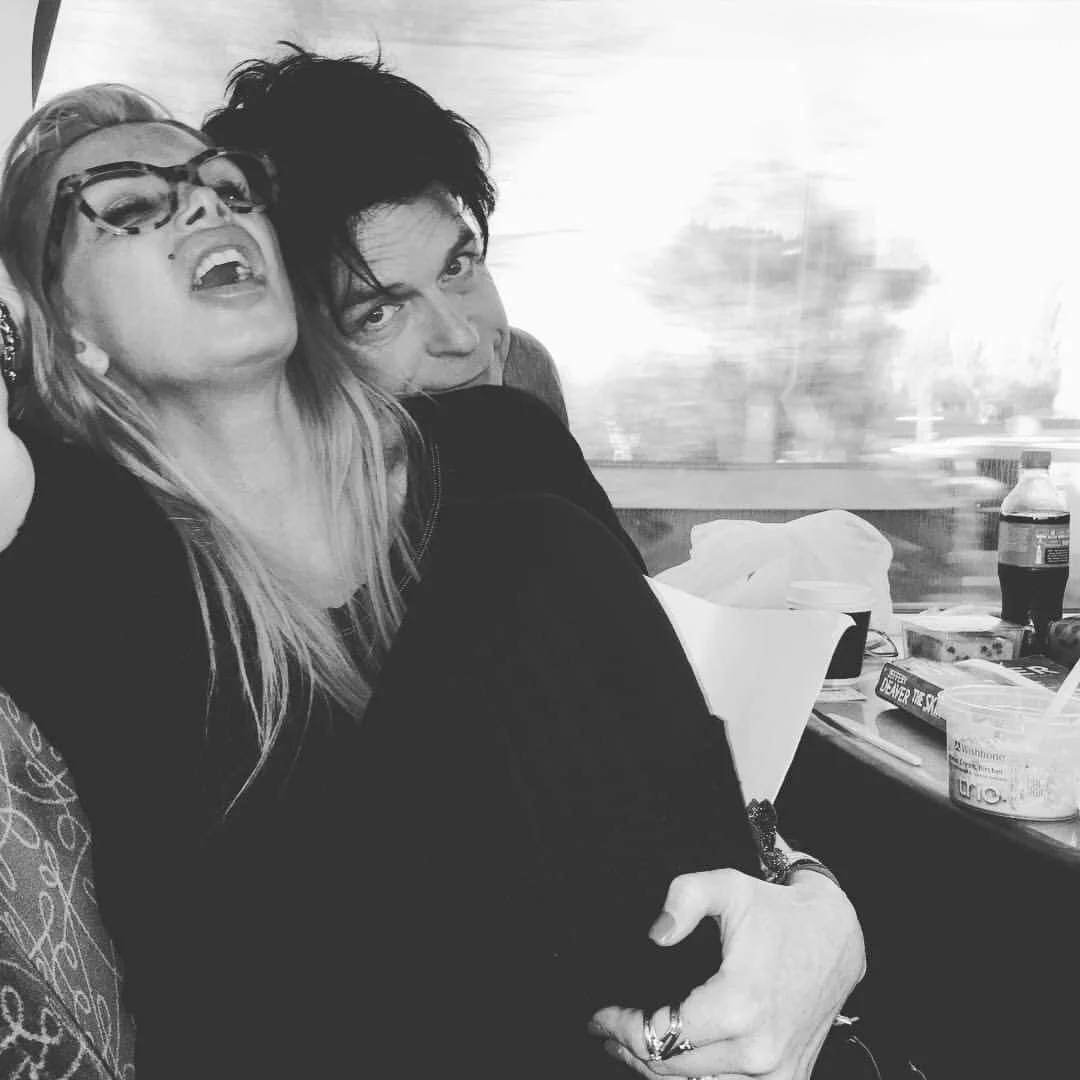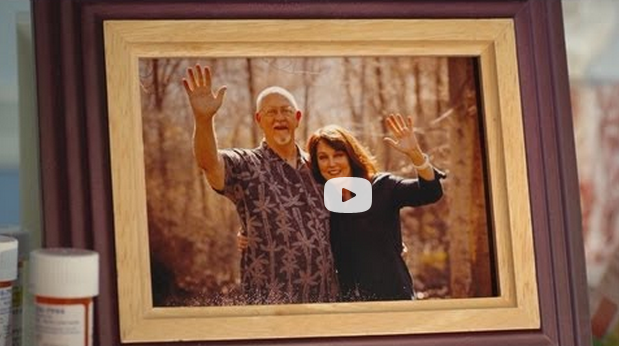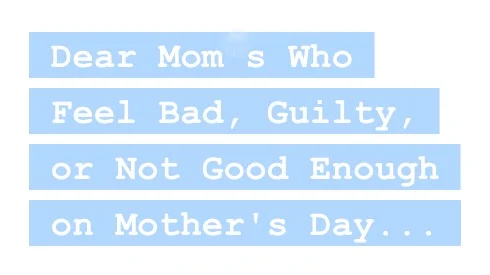A Circle Is a Nice Thing to Have
/I posted this picture on Facebook with the caption: "What? I don't know. Why? Why not? And that sums it all up." This is what I do in church. I doodle and sketch to entertain myself and my children. It actually helps me pay attention. Doodling can do that for ADHD folks like me.
A Facebook friend said, "I use this when challenged by young kids using the "why? why? why?" tactic. They go all zen when I ask "why not?"
I love that. Of course, another fav to "Why?" is "Because" which to me is a really great answer that is also quite Zen. And that reminds me of a story.
My dad years ago was mowing the lawn one day. We had a big lawn. The area in the back would often go uncut for several weeks at a time and get quite long. He mowed a circle in the lawn, called my mom out to show her and when she asked, "Why did you mow a circle in the lawn?" he replied in simple sincerity, "Because a circle is a nice thing to have."
Indeed.
The value of just "is" There was a time as children when "because" was a good enough reason to do things. I've noticed that as adults we have been conditioned to the idea that everything has to have a productive reason behind it for it to be worth doing. While I have zero problem with productivity or reasons for things, I do have a problem when everything "must" have a purpose or reason. Too many of my clients have gotten snared in the DOING trap where they always have to be doing something for their life to be justified. We practice balancing out DOING with just BEING. Drawing just to draw, mowing circles just because circles are nice things to have, and just relaxing with a good book are all examples of BEING just for the sake of BEING.
Back to circles... Before I knew anything about mindfulness practices, stress-management, Zen or Taoism, I just knew my dad. He was frequently just naturally quite Zen. His lawn circle was the first "enso" I had seen, not realizing what I had seen. Japanese Zen calligraphists draw this special type of circle called an enso:
What is "Enso"? An "enso" is a sumi-e (brushed ink on rice paper) painting of a circle. These simple paintings were popular expressions of spiritual vision and discipline among the Zen monks during Japan's Edo period (18th Century). Zen painting from this time is usually refered to as "Zenga." Bell Labs' Lucent Technologies division has most recently brought the enso to the public eye with their red enso logo.
Where does it come from? The enso is created when the Zen calligrapher (traditionally a monk) takes a large sumi brush full of ink while meditating on the emptiness of the blank paper. At the decisive "perfect moment," the monk quickly lays out the circle on the page. The circle contains both the perfection of the expressive moment and the imperfections of the ink, page and brush. Outcomes vary from thin, smooth, nearly perfect circles to fat, rough squares, triangles and spirals.
What does it mean? The dynamic circle of the enso symbolizes many Zen ideas. On the surface, it may represent the full moon, the empty tea cup, the turning wheel, the eye or face of the Buddha or the monk Bodhi Daruma, the dragon chasing its tail, and other poetic visual symbols. On a deeper level, the circle may symbolize the emptiness of the void, the endless circle of life, and the fullness of the spirit. Deeper still is the representation of the circle as the moment of enlightenment (satori), the moment when the mind is free enough to simply let the body or spirit create, the moment when the perfection of the circle is committed to the emptiness of the page, and the moment of the chaos that is creation.
Each enso shows the expressive movement of the spirit in time. —Brad Sims. Thanks to Brad for his permission to use this quote on my original site.
The enso concept influenced me greatly. So much so that I included an enso as part of my zhong character ("middle/balance/center") when my business went by the name "Bardos Relationship Consulting." So much of what I do in my work centers around finding that balance inwardly with ourselves and outwardly in our relationships with others.
The sacred in the mundane So, I encourage you to look around. This is a good mindfulness and stress-mastery practice. Notice the simple things in your life. Can you find wonder and awe in their simplicity? As you do, and by doing so, you will experience the sacred in the midst of the mundane. And as you experience that you will experience increased peace and decreased stress.
—[ Please share YOUR experiences with BEING and/or finding the sacred in the mundane... ]—


















































